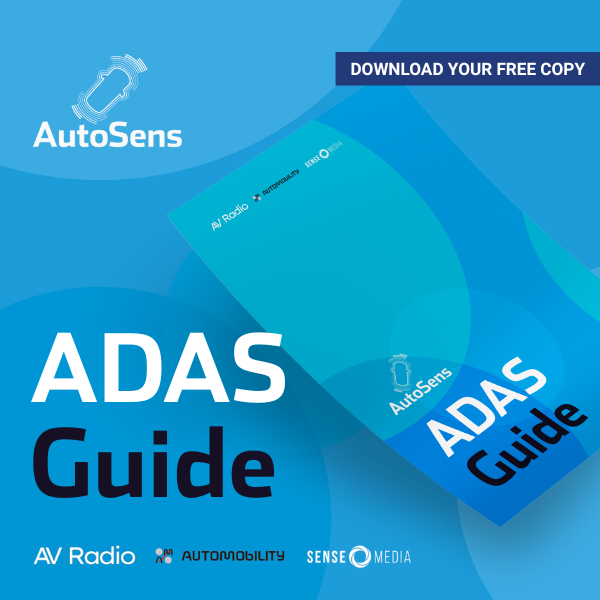
We catch up with Patrick Laufer, Development Engineer at IAV to discuss OMS technology, highlighting key challenges and future solutions. Patrick will be presenting our opening keynote at InCabin Brussels, exploring the role of OMS in safety and convenience. Find out more here.
1.Could you share insights from your role at IAV regarding the evolving role of Occupant Monitoring Systems (OMS) in enhancing occupant safety and user convenience in vehicles?
In my role as a technical consultant at IAV, I have the great honor of leading the research and development of AI-based In-Cabin Monitoring Technologies within our department. Therefore, I am deeply involved in advancing Occupant Monitoring Systems (OMS), with one of my central focuses being the utilization of machine learning algorithms for interior sensors. This includes the classification and vital sign sensing of vehicle occupants.
2. What are the main challenges automakers and tech providers face in implementing OMS technologies effectively, and how does IAV approach solving these challenges?
Exactly this question will be answered during my keynote at the In-Cabin conference. Don’t miss out, ensure you are part of our fantastic audience and community.
3. Can you discuss any upcoming products or solutions from IAV related to Occupant Monitoring Systems (OMS) and how they address current safety and convenience needs in the automotive industry?
Absolutely. As likely one of the first companies in the field of OMS solutions, we plan to introduce a cloud solution for vehicle occupant classification based on camera by 2025. The first prototype has already been integrated with AWS and will be exclusively unveiled to attendees as a demo version at the InCabin conference in Detroit. Prepare to be amazed by how accurately the current SaaS solution predicts age and gender. In my keynote, you will also learn how IAV addresses safety and convenience with these features. Ensure you have your phones ready during the keynote to live test our demo cloud solution.
In addition to occupant classification, we are developing an advanced camera-based vital sign estimation capable of detecting heart rate, respiration rate, and heart rate variability to address the topic of impairment recognition by the end of 2024.
4. Looking ahead, how do you foresee the future of OMS technology shaping automotive safety standards and enhancing user convenience? Are there specific trends or developments you believe will drive this evolution?
I believe the AI trend will give us an exponential push when it comes to the development of advanced Deep Learning algorithms for OMS in the coming years. With large language models such as ChatGPT, coding times become shorter and bug fixing faster. More computational power leads to shorter training times for neural networks, while synthetic data allows us to augment the variety and number of training samples, resulting in better accuracy and increased robustness. Therefore, I believe the future for OMS is bright and I am glad to be a part of it.
5. As the InCabin conference approaches, how do you feel about the event, and what are your expectations regarding the presentations and audience interactions, especially concerning discussions around OMS and its role in enhancing automotive safety and convenience?
Behind the scenes, our great team is diligently working on a spectacular demonstrator that we will showcase in Detroit during the conference. Therefore, I am confident that we can impress potential customers and partners with our AI-based OMS solutions.
I expect a fruitful exchange of ideas and believe that all presentations and discussions will quickly lead us as a community towards our goal of revolutionizing the automotive industry in terms of safety and convenience.




